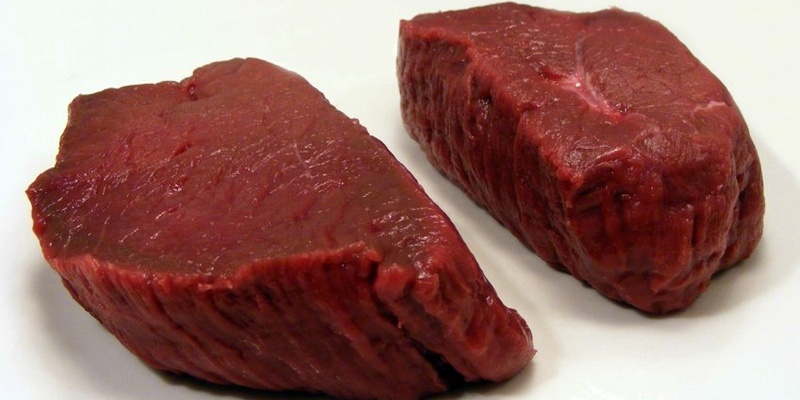New research linking red meat consumption to cancer should make meat eaters reduce their intake, a Dundee expert has warned.
An Oxford University report suggests limiting meat eating to three times a week, and Professor Annie Anderson, of the department of medicine at Dundee, warned people to watch the size of their portions as well as the number of times a week they eat meat.
She said there was no point reducing meat consumption to three times a week if each time a huge steak was being put on the plate.
Oxford University’s heart unit analysed the health consequences of a range of diets, concluding that eating meat no more than three times a week would prevent 31,000 deaths from heart disease, 9000 deaths from cancer and 5000 deaths from strokes each year, saving the NHS £1.2bn.
Eating red meat is linked to bowel cancer, and Professor Anderson said the latest report follows the findings of previous research in that respect.
“The World Cancer Research Fund is specific in relation to bowel cancer, recommending that people who eat red meat should consume less than 500g (18oz) a week and very little, if any, processed meat,” she said.
“That translates in to something like eating meat every other day.”
She continued, “Most people don’t weigh their meat, but the important message is make sure your meat portion is small to medium and certainly not large on a regular basis, if at all.”
However, while Professor Anderson is keen to encourage people to reduce their risk of cancer and other diseases by improving their diet, she pointed out that some people should be encouraged to eat more meat, which can have a positive part to play in good nutrition.
“A lot of young girls in particular don’t eat any meat,” she said. “Those on a cheese and chips type of diet might benefit from some meat.
“Just because we are saying we should cap the total amount of meat we are eating, we have to recognise there are quite a lot of particularly younger adults who don’t eat very much at all and it might be of benefit to their iron status to occasionally add a bit of meat to their diet.”
Photo used under Creative Commons licence courtesy of Flickr used FotoosVanRobin.
